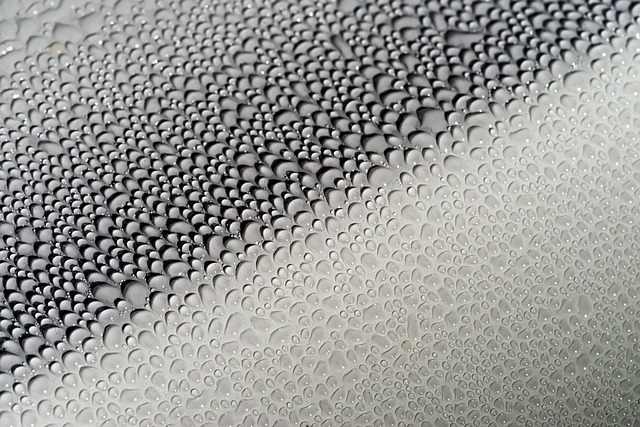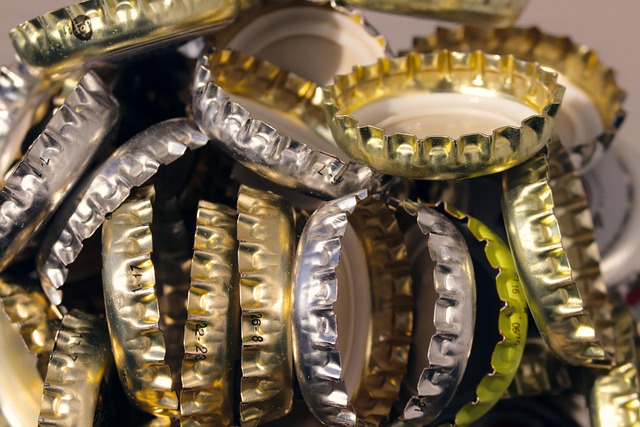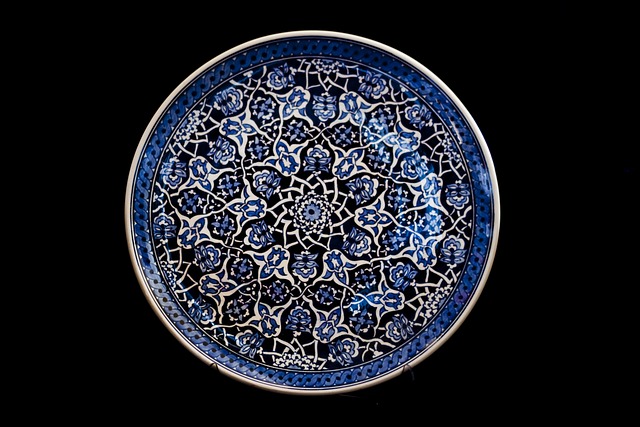Tile sealing is essential for maintaining the beauty and longevity of kitchen and bathroom tiles by providing a protective layer against moisture, stains, dirt, mould, and mildew. Choosing the right sealant based on moisture resistance, temperature tolerance, chemical exposure, tile material compatibility, and environmental conditions ensures optimal durability and hygiene. Proper tile preparation, including thorough cleaning, filling grout lines, and sanding, is crucial for successful sealing. Applying the sealer evenly with a brush or roller, following manufacturer instructions, and allowing adequate drying time before applying multiple coats protects tiles from moisture and stains, prevents mould growth, and enhances ease of cleaning, prolonging flooring lifespan. Regular maintenance involves curing the sealant after installation, weekly wiping down, prompt spill cleanup, and reapplying sealant in high-traffic areas to maintain effective protection.
Tile sealing is an essential step in maintaining the beauty and durability of your kitchen and bathroom tiles. This comprehensive guide explores tile sealing, from understanding its purpose to choosing the best sealant and preparation techniques. We’ll walk you through the application process, highlighting common mistakes to avoid. Discover the numerous benefits of sealed tiles and learn easy maintenance tips to ensure long-lasting protection.
Understanding Tile Sealing: What It Is and Why It Matters

Tile sealing is a crucial process that involves applying a protective layer to your tiles, typically in kitchens and bathrooms. It’s not just about making your tiles look glossy; it’s a vital step in maintaining the longevity of your flooring. Think of it as creating a shield that guards against moisture, stains, and dirt. This is especially important in high-humidity areas like kitchens and bathrooms where tiles are constantly exposed to water vapour and potential staining from spills.
By sealing your tiles, you’re locking in their beauty and preventing damage. It creates a non-porous surface, making it easier to clean and maintain. Plus, it adds a layer of resistance against mould and mildew growth, ensuring your space remains fresh and hygienic. So, when considering tile sealing, remember that it’s not just about aesthetics; it’s an investment in the durability and health of your kitchen or bathroom tiles.
Choosing the Right Sealant for Kitchens and Bathrooms

Choosing the right tile sealant for kitchens and bathrooms is paramount to ensuring longevity, aesthetics, and hygiene. Factors like moisture resistance, temperature tolerance, and chemical exposure determine the type of sealant best suited for these areas. For high-moisture environments like bathrooms, opt for sealants specifically designed for water resistance. Kitchens, with potential spills and grease buildup, require a product that can withstand these challenges. Always consider the tile material too; some sealants work better with ceramic or porcelain than others.
Look for sealants with a proven track record for durability, flexibility, and easy application. Read product reviews and consult with professionals to make an informed decision. The right sealant will not only protect your tiles from damage but also preserve their beauty and ensure a long-lasting, low-maintenance finish.
Preparation Steps Before Applying Tile Sealing

Before applying tile sealing, proper preparation is key to achieving a durable and high-quality finish. Start by ensuring the tiles are clean; use a mild detergent or stone cleaner, then rinse thoroughly with warm water. This step removes any dirt, grease, or residual soap that could interfere with the bonding process. Next, dry the tiles completely; moisture on the surface may cause the sealer to adhere unevenly or prevent it from curing correctly.
Check for any gaps or imperfections in the grout and tile joints, as these areas are crucial for a robust seal. Fill any gaps with a suitable grout or caulk to create a smooth base. Once dry, lightly sand the tiles using fine-grit sandpaper to create a slightly rough surface, enhancing sealer adhesion. Lastly, vacuum the area to remove dust particles, ensuring a clean and ready surface for sealing.
How to Apply Tile Sealing Effectively

Tile sealing is a crucial step in maintaining the beauty and longevity of your kitchen or bathroom tiles. To apply it effectively, start by cleaning the tiles thoroughly to ensure no dirt or debris remains. This will create a clean canvas for the sealer to adhere to. Once the tiles are dry, choose a tile sealer suitable for your needs—either a water-based or silicone-based formula, depending on the type of tiles and desired finish. Apply the sealer evenly using a brush or roller, following the manufacturer’s instructions for drying time. Pay special attention to corners, edges, and grout lines to ensure complete coverage. After the first coat dries, you may need to apply additional layers for optimal protection, allowing each coat to dry completely before applying the next.
Common Mistakes to Avoid During Tile Sealing

When sealing tiles in kitchens and bathrooms, there are several common mistakes to avoid for optimal results. One of the most frequent errors is neglecting to clean the tiles thoroughly before sealing. Dust, dirt, or existing sealers can prevent the new sealer from adhering properly, leading to an ineffective barrier against moisture and stains. Always ensure the surface is spotless and dry to guarantee a quality seal.
Another mistake is using the wrong type of sealer for your specific tile material or environment. Different tiles—porcelain, ceramic, natural stone—require different sealers. Additionally, consider factors like humidity levels in the room, foot traffic, and intended use (backsplash vs. floor). Using an unsuitable sealer can result in rapid degradation, leaving your tiles vulnerable to damage and requiring frequent reapplication.
Benefits of Sealed Tiles in Kitchens and Bathrooms

Sealing tiles in kitchens and bathrooms offers a multitude of benefits that go beyond aesthetics. A robust tile sealing strategy acts as a protective barrier, shielding your floors from moisture, stains, and other damaging elements common in these spaces. By creating an impermeable layer, sealed tiles prevent water penetration, reducing the risk of mold growth and delamination. This is particularly crucial in kitchens, where spills and splashes are frequent, and bathrooms, where steam and humidity thrive.
Moreover, tile sealing enhances durability and longevity. It forms a shield that repels dirt and grime, making cleaning easier and more efficient. Sealed tiles also resist stains, ensuring your floors maintain their fresh appearance over time. This not only conserves the initial beauty of your flooring but also saves you from costly replacements or repairs in the future.
Maintenance Tips for Lasting Tile Sealing

Regular maintenance is key to keeping your tile sealing effective and lasting. After installation, it’s important to allow the sealant to cure completely before using the space. This usually takes 24-48 hours, during which time the sealant hardens and becomes fully functional. Once cured, wipe down tiles regularly with a mild detergent and warm water to remove any dirt or grime that could compromise the seal. Avoid using abrasive cleaning products or scrub brushes, as these can damage the sealant over time.
Additionally, be mindful of any spills or leaks immediately. Promptly clean up liquids like juice, wine, or oil before they have a chance to soak in. Sealant can be restored or re-applied if necessary after heavy traffic areas show signs of wear, such as chips or loose edges. It’s recommended to hire a professional for this task to ensure the new sealant is applied correctly and evenly, providing long-lasting protection for your kitchen or bathroom tiles.
